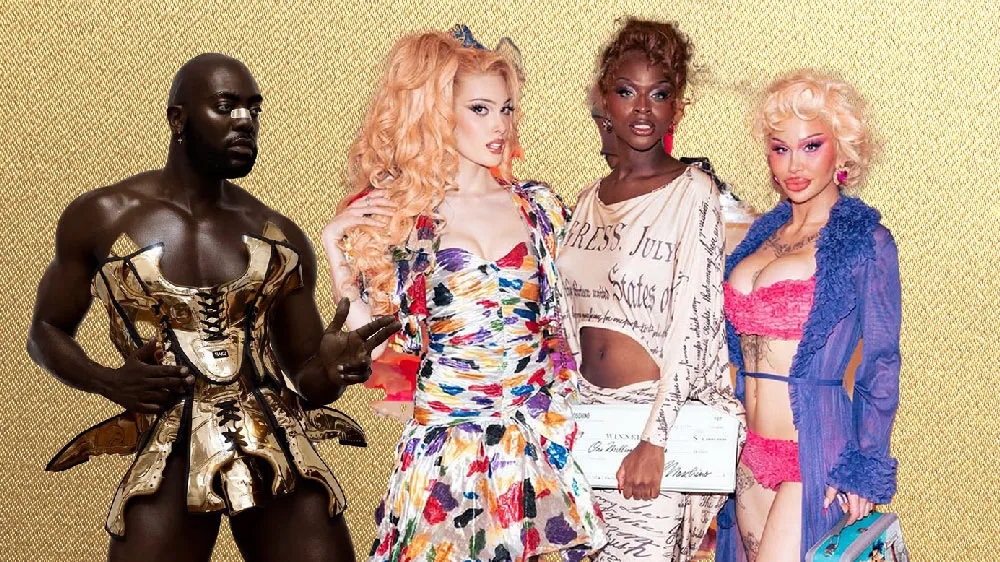
Apr 29
How Rainbow Laces Became So Important
READ TIME: 4 MIN.
Sometimes it is the smaller gestures that gain the most traction and have the ability to make a bigger dent in society. The world of sports has not always been regarded as welcoming for many in the LGBTQ community. Homophobia, transphobia, and bullying have, unfortunately, been a common experience for many and that has led to a history of low inclusion rates.
There have been those that have thought that the sports and the community were incompatible, further reinforcing stereotypes and outdated ways of thinking. There has been a decrease in those beliefs in recent years, thankfully, and many of the major sports leagues around the world have set up initiatives to tackle those sometimes deep-rooted problems.
If you are a sports fan and have read the best MyBookie reviews and now know where to back your football favorites, you may have also heard of those teams and players being involved with the rainbow laces campaign. From what was a very simple idea, there is now more discussion of LGBTQ involvement in football and why it is necessary for inclusivity to be at the top of the list of priorities for sports organizations and leagues. In this article, we will look at how the Rainbow Laces campaign started and how it has grown over the years, highlighting LGBTQ involvement in football, and how it is leading the fight against homophobia in sports in general.
Most readers will be familiar with Stonewall, the UK LGBTQ rights charity, and the activism and work it has done over the years for the community. Recognizing an alarming rate of homophobia and transphobia in football, it came up with an incredibly simple, yet effective, idea of promoting inclusivity and battling those phobias.
The decision was made in 2013 to send rainbow-colored laces to every professional football player in the UK. On a designated weekend of football, athletes up and down the country would swap out their usual laces for this very visible alternative. Alongside a whole host of other related PR initiatives, the laces would be the focal point of a campaign against homophobia and transphobia in football – and highlight the need for greater inclusivity in sports, both on the field and in the stadiums.
This seemingly small gesture was taken up across the board by professional footballers and the rainbow laces were seen at all levels of the game. In later years, the laces have been sold to raise money as well as awareness, and professional footballers have also taken to wearing rainbow-colored armbands. Stadiums have promoted the campaign with other visible rainbow-themed products and it has now become an annual event, taking place in November and December.
By increasing the branding and visibility of the rainbow laces campaign over the years, Stonewall has attempted to increase the visibility of members of the LGBTQ community – and their allies. Social media and traditional media have been utilized to great effect. The fact that the weekend is now a recognized part of the English football season should be seen as a success in itself, with the aim of promoting inclusivity. If fewer football fans feel that it is acceptable to hear homophobic or transphobic remarks or chants, society as a whole will hopefully feel the same.
Sports has been used by many campaigning rights groups to get their message across, as this is one area where everyone can – and should be – involved. Historically, many sports arenas and spaces have been associated with toxic masculinity and ultra-macho ideas that have been detrimental to the lives of those in the LGBTQ community. The very fact that this industry has had such success in changing attitudes shows that the campaign itself has worked.
There have been some controversial moments over the last 12 years, however. Some individual players have excused themselves from the campaign, citing personal and religious reasons. There was also criticism of the campaign itself at the beginning, with Football v Homophobia accusing Stonewall of using language that only reasserted the outdated ways of thinking that the charity was trying to wipe out. Fortunately, most of these issues have disappeared and the vast majority of football players in the UK happily get involved on an annual basis.
The success of the initial rainbow laces campaign has spread to other sports, such as rugby and cricket – and even darts. Stonewall has reached out to grassroots and community sports organizations as well, to further spread the inclusivity message and the need to make all levels of all sports welcoming to all. With coaches, teachers, and local community leaders now provided with the bespoke resources to get the message across, more and more people have become involved, further highlighting the cause.

Source: Unsplash
From what was a simple idea to get some of the most high-profile sports athletes in the country to just wear rainbow-colored laces, Stonewall's campaign has now spread across the world – and into other areas of life. The result has been the increasing visibility of LGBTQ community members in sports, the promotion of positive attitudes, and the increase of community engagement.
Stonewall itself would recognize that there is still a lot more to do when it comes to changing attitudes and combatting homophobia and transphobia in sports – and in wider society. All places should provide a welcoming environment for all people. The Rainbow Laces campaign has undoubtedly been a huge success and will only grow in the future to ensure that everyone feels safe and seen in every facet of their lives.







